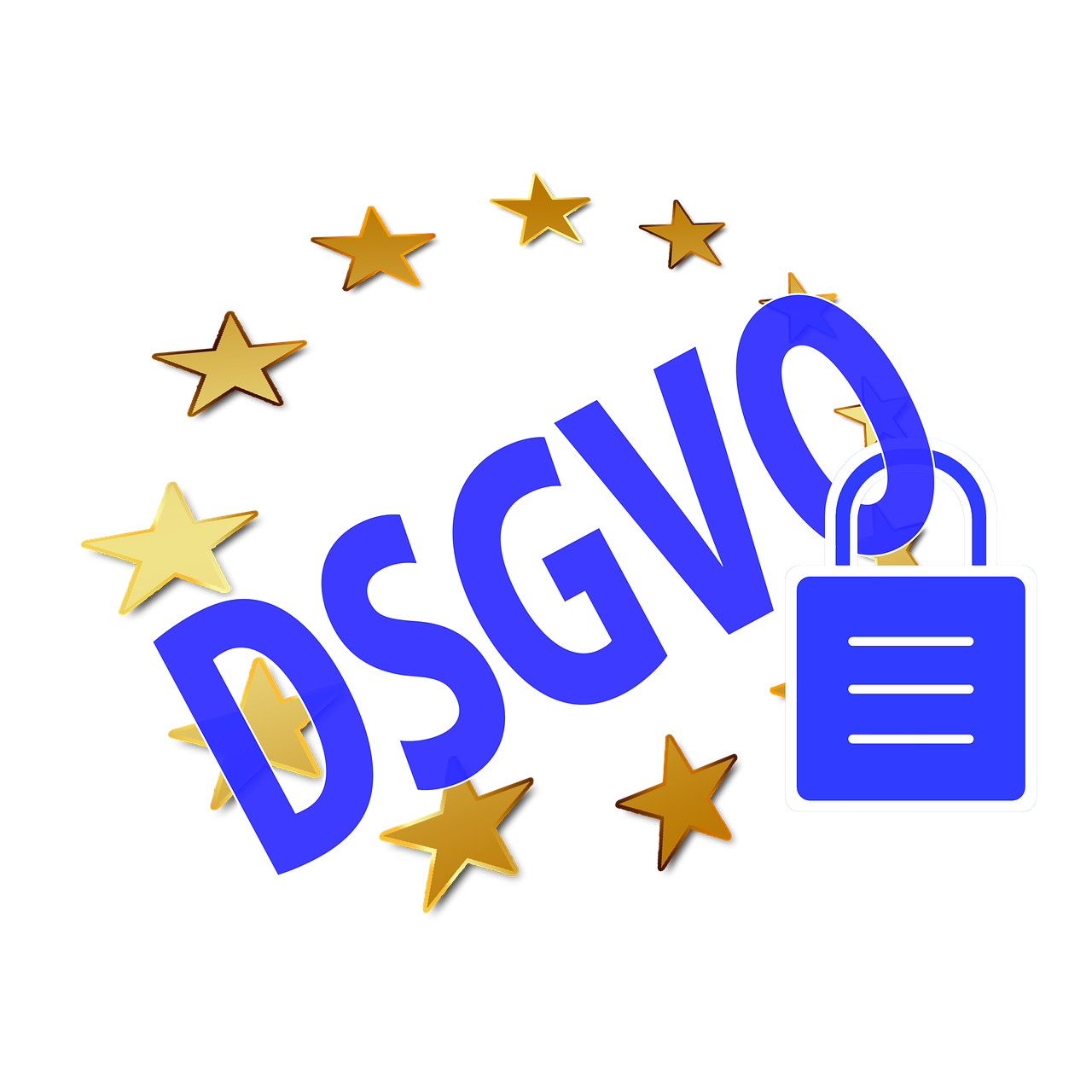In a world where data fuels business innovation and personalized customer experiences, understanding your legal obligations when collecting customer data is more crucial than ever. With mounting regulations such as GDPR, CCPA, and others, businesses must navigate a complex landscape that balances strategic data use and consumer privacy rights. Collecting customer data responsibly not only protects companies from costly legal repercussions but also strengthens trust and loyalty among consumers wary of privacy breaches. Entities leveraging platforms like Mailchimp, Salesforce, HubSpot, or Shopify must ensure that their data collection practices comply with pertinent laws and ethical standards, safeguarding sensitive information while optimizing marketing and service efforts.
Moreover, with technological advances shaping data processing capabilities, businesses confront new challenges in transparency and consent management. Employing tools such as TrustArc, OneTrust, or Oracle’s privacy solutions streamlines compliance, enabling organizations to detail how they use customer data while granting consumers control over their information. This article delves into the multifaceted legal requirements and ethical considerations surrounding customer data collection, exploring practical strategies and emerging trends vital for staying compliant and cultivating enduring customer relationships in 2025.
Understanding Legal Frameworks Governing Customer Data Collection in 2025
To operate responsibly in the realm of customer data collection, businesses must first grasp the legal frameworks that regulate this practice. In 2025, the global regulatory environment is marked by stringent data privacy laws designed to protect consumer rights and enforce transparency in data handling.
The European Union’s General Data Protection Regulation (GDPR) remains a cornerstone in privacy protection. Its principles demand explicit and informed consent from customers before collecting personal data and confer rights such as data access, correction, and erasure. GDPR’s extraterritorial reach means businesses worldwide, including those using platforms like Microsoft Dynamics 365 or Adobe, must comply when handling EU residents’ data.
Across the Atlantic, the United States addresses data privacy through sector-specific regulations and state-level laws. The California Consumer Privacy Act (CCPA) and its successor, the California Privacy Rights Act (CPRA), exemplify evolving standards requiring businesses to disclose data collection practices, provide opt-out rights for data sales, and ensure protection against unauthorized disclosures.
Other jurisdictions have introduced nuanced regulations, blending requirements on consent, data minimization, and security obligations. For example:
- Transparency Obligations: Businesses must clearly inform consumers about what data is collected and why, through accessible privacy policies and notices.
- Right to Access and Portability: Customers have the legal right to access their data and transfer it, fostering greater control.
- Data Minimization: Companies are advised to collect only data necessary for stated purposes, limiting exposure.
- Third-Party Contractual Duties: Contracts with service providers such as Zendesk or Salesforce need Data Processing Agreements ensuring privacy compliance.
Failing to comply with these legal obligations can result in substantial penalties, reputational harm, and erosion of customer confidence. Comprehensive understanding and proactive adherence to these frameworks not only shields companies legally but also enhance consumer trust and brand loyalty, which are invaluable assets in today’s competitive markets.
| Law/Regulation | Key Obligations | Applicable Regions |
|---|---|---|
| GDPR | Consent, Access rights, Data Protection by Design | European Union & Global Impact |
| CCPA / CPRA | Disclosure, Opt-out, Data minimization | California, USA |
| HIPAA (for health data) | Privacy safeguards for health info | USA |
| PIPEDA | Fair info principles, consent | Canada |
For detailed jurisdiction-specific guidance, companies may consult resources like DLA Piper’s Data Protection Laws, which summarize obligations for multiple regions and sectors.

Implementing Transparency and Consent: Pillars of Lawful Data Collection
Transparency and consent are linchpins in legally collecting customer data. In practice, businesses must clearly communicate their data collection intentions and ensure consensual participation to honor these principles effectively.
Transparency means presenting privacy policies and data usage terms in straightforward, accessible language. This openness enables customers to understand how their information is processed and assures them that their data will not be exploited beyond stated purposes. For instance, companies leveraging Shopify or HubSpot can embed comprehensive privacy disclaimers and opt-in checkboxes during online checkouts or user registrations to uphold transparency.
Consent must be explicit, obtained through affirmative action such as ticking an opt-in box rather than passive agreements. The consent process involves detailing:
- What specific data is collected (e.g., personal identifiers, behavioral data)
- The intended use of the data (marketing, analytics, or service improvement)
- Third parties with whom data may be shared (e.g., Adobe analytics services)
- Rights of data subjects, including withdrawal of consent anytime
Practical examples include:
- Click-Wrap Agreements: Customers affirm consent by clicking to accept terms before proceeding.
- Email Preferences: Platforms like Mailchimp facilitate management of subscription consents, allowing easy opt-outs.
- Cookie Banners: Providing distinct options to accept, reject, or customize cookie settings ensures user control over tracking.
Managing consent also involves keeping meticulous records of clear agreement timestamps and contexts, which can be critical in legal audits. Tools like TrustArc and OneTrust help automate these processes, thereby simplifying compliance and reinforcing trust.
| Consent Mechanism | Description | Benefits |
|---|---|---|
| Opt-in Checkbox | User explicitly agrees before data collection | Strong legal footing, trust building |
| Cookie Consent Banner | Users choose types of cookies to allow | Customizable, empowers user choice |
| Click-wrap Agreement | User accepts terms before transactions | Clear records, enforceable consent |
For businesses seeking to polish their consent frameworks, consulting GDPR Advisor’s marketing compliance tips offers actionable insights on consent best practices.
Implementing effective transparency and consent mechanisms is fundamental not only for regulatory compliance but also for fostering a culture that respects user autonomy and privacy rights.

Types of Customer Data and Legal Restrictions on Their Use
Customer data comes in multiple categories that businesses collect for varying purposes. Understanding different data types and their legal boundaries is vital to prevent misuse and adhere to compliance.
Personal Identification Information (PII)
PII includes data elements that uniquely identify an individual, such as name, email, physical address, telephone number, social security numbers, and biometric identifiers. Collecting PII imposes strict legal expectations, especially under GDPR and CCPA, requiring explicit customer consent and secure handling.
For example, companies utilizing Microsoft Dynamics 365 or Oracle CRM systems must ensure encryption of PII during storage and transfer, limiting access only to authorized personnel. Transparency regarding PII collection encourages customers to engage confidently with a brand.
Behavioral Data
Behavioral data encompasses information about customer interactions, such as browsing history, purchase records, video viewing choices, geolocation data, and interaction timeframes. Unlike PII, behavioral data is often anonymized or aggregated before use.
Organizations like Zendesk or Adobe Analytics deploy cookies and tracking pixels to collect behavioral data, aiding personalized marketing efforts. However, laws like CCPA require informing consumers about such tracking and providing opt-out options. Collecting data such as biometric markers or health-related information demands even more rigorous consent under specific conditions.
| Data Type | Examples | Legal Restrictions |
|---|---|---|
| Personal Identification Information | Name, Address, Email, SSN | Requires explicit consent, secure storage |
| Behavioral Data | Browsing patterns, purchase history | Transparency, opt-out rights, anonymization |
| Sensitive Data | Health info, biometric data | Strong consent, limited use |
Companies can further review strategies on safe data use at Aaron Hall’s comprehensive legal implications guide.

Practical Methods to Legally Collect and Protect Customer Data
Legal obligations require the implementation of scientifically sound and ethically responsible methods for data collection and protection, especially when using popular platforms such as Salesforce or Shopify.
Effective Data Collection Tools and Techniques
Some widely accepted methods include:
- Online Opt-in Forms: Request voluntary data entry with clear consent statements.
- Surveys and Feedback Requests: Engage customers directly while specifying data usage.
- Cookies and Tracking Technology: Collect behavioral insights with explicit disclosure and user control.
- Third-Party Integrations: Use tools like Zendesk and Adobe Analytics cautiously within contractual data protection limits.
Data Security Practices
Protecting data involves:
- Implementing encryption for data at rest and in transit, especially for PII.
- Regular security audits and penetration tests to spot vulnerabilities.
- Training personnel on data privacy laws and internal policies.
- Utilizing advanced cybersecurity technologies like firewalls and anomaly detection systems.
Appropriate use of privacy management tools such as TrustArc and OneTrust enhances compliance, providing dashboards and alerts for data governance.
| Security Measures | Description | Compliance Benefits |
|---|---|---|
| Encryption | Secures data from unauthorized access | Reduces risk of breaches and fines |
| Access Controls | Limits data access to authorized users | Ensures compliance with data minimization |
| Regular Audits | Monitors and identifies potential weaknesses | Helps maintain up-to-date compliance |
To explore actionable strategies for lawful data handling, visit Tax Laws in USA’s guide on managing customer data.
Ethical and Legal Dimensions of Responsible Customer Data Usage
Adhering to legal requirements is fundamental, but ethical considerations enrich how businesses manage customer data. Respecting privacy norms creates a rapport of trust that business success depends upon.
Respecting Customer Privacy Rights
Respect goes beyond mere law compliance; it involves:
- Honest communication about what data is collected and how it will be used.
- Honoring customer requests to access, correct or delete their data.
- Limiting data retention periods appropriately.
- Preventing unauthorized sharing, especially with third parties.
Ethical Marketing Practices
Marketing strategies must avoid leveraging data in manipulative or intrusive manners. By fostering informed customer relationships through tools like Microsoft Dynamics 365 or Oracle platforms, companies elevate their brand reputation.
Businesses are encouraged to maintain:
- Clear opt-in and opt-out channels.
- Truthful messaging based on consumer data insights.
- Policies accommodating customer preferences and respecting data sensitivity.
Ethical compliance also mitigates legal risks and improves retention rates, positioning companies as leaders in responsible data stewardship. Valuable resources, such as DH Weberman’s insights, provide guidance on harmonizing legal and ethical data practices.
Legal Responsibilities for Customer Data Collection
Frequently Asked Questions about Legal Obligations in Customer Data Collection
- What constitutes lawful consent when collecting customer data?
Lawful consent requires clear, informed, and unambiguous agreement from the customer before any personal data is collected. The customer must understand what data is collected and how it will be used, and be able to withdraw consent at any time. - Are businesses allowed to collect any type of customer data?
Businesses can collect various types of data but must align collection with legal principles such as data minimization, purpose limitation, and obtain explicit consent for sensitive data types, such as health or biometric information. - How should companies handle third-party access to customer data?
Companies should establish Data Processing Agreements with third parties, ensuring these partners comply with legal standards in protecting and using the customer data only for agreed purposes. - What are the risks of non-compliance with data protection laws?
Non-compliance can lead to hefty fines, legal action, damage to reputation, and loss of customer trust, which can be detrimental to a business’s sustainability. - What tools can help companies stay compliant with legal obligations?
Platforms like TrustArc, OneTrust, Adobe, and Oracle offer privacy management solutions that automate consent tracking, policy updates, and compliance audits, easing regulatory adherence.


